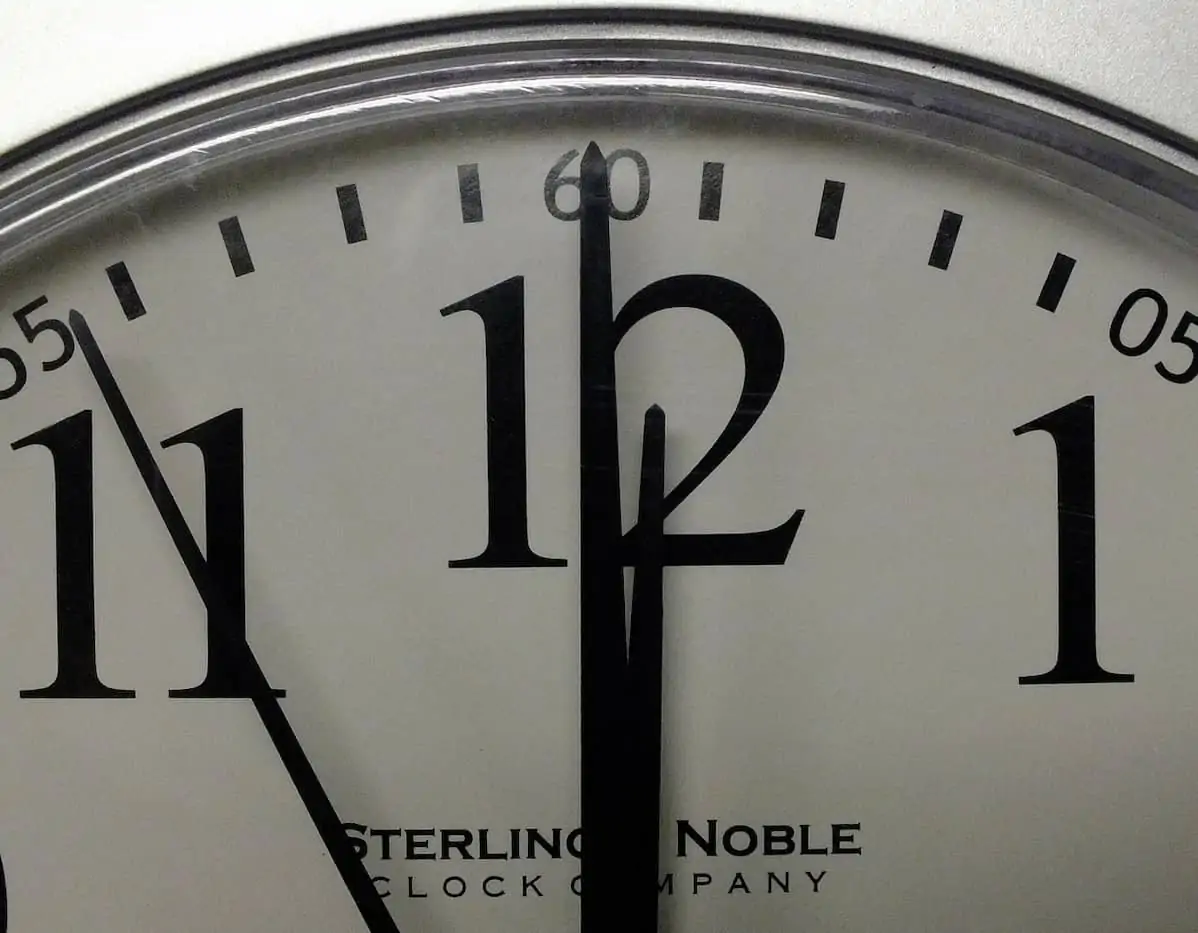No matter what industry you are in and no matter what channels you are serving your Customers expect delivery of their goods on time.
You may have different pressures, to increase profits for instance, but you must take care of the basic expectation of on time delivery first.
If you don’t have on time delivery all your other pressures will not matter. Your customers will go elsewhere and your business will fail. Even if you have a unique product that no one else in the world has (for now) you must deliver on time to your customers. If not there will always come a time when your customers will be able to go elsewhere.
Providing on time delivery may seem basic. But it is the foundation on which the rest of your business must be built.
Case #1 – We’re going to lose our largest Customer!
I had just taken over the Operations of a Manufacturing Facility. It had been acquired some time before yet the financial and operational performance of the facility was very poor. I was brought in to turn it around.
There were many expectations for the turnaround. A return to profitability, a positive return on investment, growth, on boarding new customers and restoring morale were at the top of my list to address.
Yet when I arrived, met the employees, and toured the facility a much starker reality hit me. They were late in delivering every single order. And the largest customer had a new product launch that hung in the balance based on our ability to catch up our backlog.
On my second day one employee came in to my office crying. “If we don’t recover our backlog in 3 weeks we will lose our largest customer.” And customers started calling me directly as well stating their concern, to put it mildly.
My priority was set! We had to get back to on time delivery before all else, and fast!
Case #2 – You just started tracking deliveries now?
I had just taken over the Operations of another Business Unit. The function had been performing terribly. They had recently brought on many more customers of many new and different products. But execution on the manufacturing floor and in the supply chain was horrific.

We were late in delivering every single order. The process flow was haphazard. Materials supply was inconsistent. Process yield was extremely low. And all of this meant that we were throwing extra resources at the operation to try to get anything out the door. Costs were going through the roof.
There were also expectations of expanding our capabilities, improving our profitability and streamlining all of the operations. This would have to wait until we got our act in order.
We had to start delivering on time before we could focus on anything else.
I immediately put in a measurement system to track real-time delivery performance. We had to execute every hour, every shift and every day. I met with the Management team daily to drive through our performance.
Shortly after I started I met with one of our Customers. We were performing poorly and jeopardizing their own revenues and deliveries. I didn’t expect it to be a friendly discussion.
I presented the actions we were taking to get the situation back on track. And I mentioned that having recently joined that I started daily performance tracking. The Customer flew off the handle.
“You are only now started tracking daily performance? What on earth is going on?”
That was the censored version of what the customer said. They were absolutely right. We had been in trouble long before I joined so why were we just doing this basic step now?
I told the team immediately after the Customer meeting. “That kind of meeting will never happen again. We will meet every commitment and every delivery starting tomorrow”.
Having got ourself in this mess was unacceptable. My job was to get us out of it quickly. We put all other priorities aside.
Case #3 – Do you want to call the Customer?
In Retail there are not many chances to satisfy a customer. In the E-Commerce world if a customer does not get the speed in response online, if the costs are too far off, or if delivery is going to take too long, they will go to your customer as quickly as they can click a single button.
We were in the busy season of the year. I got a call from Distribution Centre management. The Warehouse Management System was down and their was no prognosis that it would be up any time soon. The answers they were getting from I/T were vague at best.
There didn’t seem to be any sense of urgency. We had an internal problem yet the customers were going to suffer because we were going to miss a lot of deliveries.
I said to the Distribution Centre management: “You are going to call each and every customer and tell them why they are not going to get their packages today!”
There was silence on the other end of the phone. And then, “Do you really want me to call every customer? They are not going to be happy.”
That was precisely my point. If we have an internal problem we needed to fix it without impacting the customer.
Would you like to receive a call from some company you just ordered goods from telling you that you weren’t going to get your order because they had some internal issue? Of course not.
So my message to the DC management was, “Why would you tell me that we are going to miss customer deliveries when you, as a consumer, would find this unacceptable. Ask me to help but don’t ask me to just accept that we will miss deliveries without making all efforts to fix the problem and avoid any customer issues.”
The theme from that point forward when we issues arose was that “the Customer doesn’t care about our internal problems”. That mantra was critical in ensuring that we kept perspective on making sure we protected our on time delivery integrity at all costs.
On time delivery in Conclusion
On time delivery may seem like a basic expectation. Yet in so many cases it is something that organizations struggle with.
But the penalties for late delivery are real. There may be monetary penalties that you have to pay. But the loss of integrity of you, your organization and your commitments is very real.
Customers will take their business elsewhere as quickly as possible if you do not provide on time delivery. In the case of E-Commerce that is as quick as it takes to click a button.
Customers do not care about your internal issues. So fix them first and prevent them going forward.
Being able to delivery quickly is a great achievement. But if you can’t meet your own commitment and deliver on time then speed doesn’t really matter.

